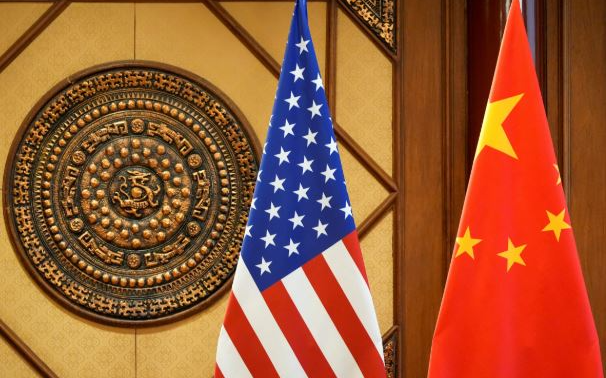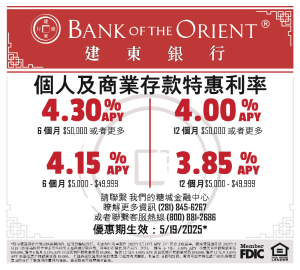中美貿易額在銳減中

中美貿易額在銳減中
在全球經濟風雲再起的2025年,中美兩國的貿易額正以肉眼可見
五十五年前,當中美打開接觸之門,貿易往來被視為橋樑;而今,這
這不只是統計數字的冷漠起伏,而是全球供應鏈的重新編碼。越南、
然而,中美貿易額的銳減,也暴露出雙方經濟體內部的隱憂。對中國
值得警惕的是,這場貿易的寒冬可能不止於經濟層面。當雙方在科技
未來的局勢仍未定型。若政治理性重歸,經濟現實或許能迫使雙方重
U.S.–China Trade Volume In Sharp Decline
In the shifting tides of the global economy in 2025, trade between the United States and China is falling at a visible and alarming pace. According to recent data from China’s General Administration of Customs, total bilateral trade during the first nine months of this year reached $425.8 billion, a year-on-year drop of more than 15 percent. China’s exports to the U.S. fell by nearly 17 percent, while imports from the U.S. declined by 11 percent. These are not mere fluctuations in numbers—they are signs of a fundamental realignment in the world’s economic landscape.
Half a century ago, when the doors between China and the United States first opened, trade was hailed as a bridge of connection and mutual benefit. Today, that bridge is being eroded by waves of tariffs, political tension, and supply-chain realignments. On the American side, the Biden administration has maintained, and in some cases expanded, tariffs and restrictions on key industries. On the Chinese side, export controls, weakening external demand, and domestic economic pressure have forced businesses to rethink their global strategies and balance sheets.
This is not just a story of economic data—it is the rewriting of the global supply chain. Emerging economies such as Vietnam, Mexico, and India are becoming new hubs of production. The “China + 1” strategy is now the prevailing reality for many multinational corporations seeking to diversify risk. From the ports of Los Angeles to the docks of Shenzhen, the direction of global cargo is shifting, redrawing the map of international trade.
Yet this steep decline in trade reveals vulnerabilities within both economies. For China, exports remain a key pillar of growth, and shrinking demand intensifies the urgency of structural transformation. For the United States, persistent inflation and reduced access to affordable goods could ultimately burden consumers. As globalization ebbs, every coastline becomes more isolated, and the interdependence that once defined prosperity now gives way to fragmentation.
More concerning still, this economic chill may deepen political divides. As both nations drift further apart on issues of technology, energy, and geopolitics, reduced trade also weakens the foundation of trust and dialogue. History reminds us that trade has never been merely an exchange of goods—it has been an exchange of understanding, compromise, and peace.
The path ahead remains uncertain. If reason prevails, economic realities may eventually bring both sides back to the negotiating table. But if confrontation continues to harden into habit, the global marketplace will face deeper fractures. The curve of trade volume is not just a graph on a report—it is a mirror of our time, reflecting the reordering of the world and the growing distance between nations.






























